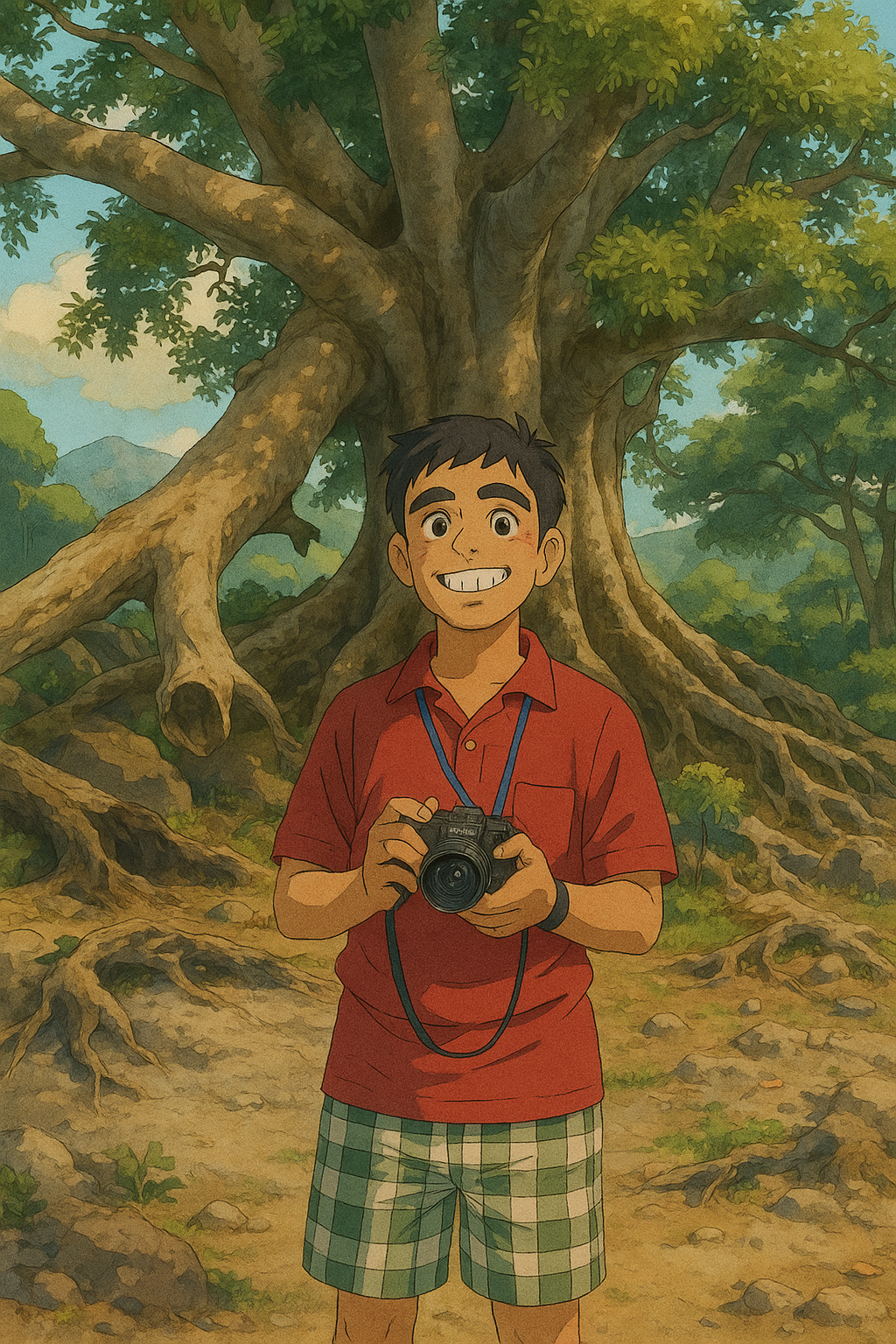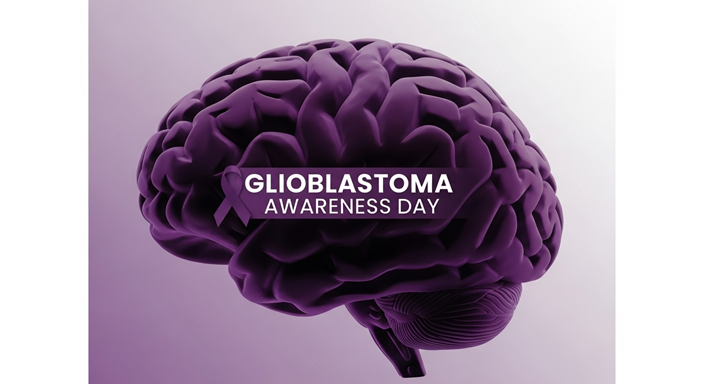Glioblastoma Awareness Day, observed annually, is a solemn yet powerful tribute to individuals battling one of the most aggressive and deadly forms of brain cancer—glioblastoma. This day serves as a reminder of the urgent need for enhanced research, increased public awareness, and emotional support for patients and their families. The fight against glioblastoma isn’t just scientific; it’s deeply human. Families are impacted, lives are forever changed, and every story is a testament to courage and resilience. Glioblastoma Awareness Day provides a platform to remember those lost, support those still fighting, and push for medical breakthroughs that can bring hope.
History of Glioblastoma Awareness Day
Glioblastoma Awareness Day was first established in 2019 by a bipartisan resolution of the United States Senate, led primarily by Senators Lindsey Graham (R-SC), Elizabeth Warren (D-MA), and Ed Markey (D-MA). The date selected—the third Wednesday of July—was chosen in memory of Senator John McCain, who succumbed to glioblastoma in 2018. The inaugural observance aimed not only to honor McCain’s legacy but also to bring national attention to a disease that affects thousands of Americans every year and receives disproportionately low research funding.
Senator McCain’s public battle, along with that of former Vice President Joe Biden’s son Beau Biden, highlighted how personal and widespread the effects of this cancer are. Their stories prompted lawmakers and the public alike to demand better resources, funding, and awareness campaigns for glioblastoma treatment and research.
Importance of Glioblastoma Awareness Day
Glioblastoma is one of the most aggressive and fatal brain tumors, with an average survival time of only 12 to 15 months after diagnosis, even with treatment. The importance of this day stems from the following:
-
Raising awareness about symptoms, early diagnosis, and the emotional toll it takes on patients and caregivers.
-
Encouraging funding for glioblastoma research, which historically receives less than 5% of all cancer research funding.
-
Promoting legislative action and policy changes to support affected families and researchers.
-
Providing solidarity and a platform for patients, survivors, and their families to share their stories.
It is a day to remember those we’ve lost, to support those who fight, and to push harder for a cure.
Significance of Glioblastoma Awareness Day
The significance of this day lies in its emotional and medical advocacy. Glioblastoma may be a rare cancer, but its impact is devastating and far-reaching. By bringing communities together—from medical professionals to policymakers, from families to scientists—this day plays a crucial role in:
-
Bridging the gap between awareness and action.
-
Combating misinformation and highlighting the need for early intervention.
-
Creating a unified voice that amplifies the struggles and needs of glioblastoma patients.
-
Fostering innovation by promoting collaborative efforts between public and private research institutions.
This day isn’t just a commemoration; it’s a call to action against a silent killer.
Why is Glioblastoma Awareness Day Celebrated?
Glioblastoma Awareness Day is celebrated to recognize and honor:
-
Patients bravely fighting the disease.
-
Families and caregivers offering relentless support.
-
Healthcare professionals and researchers working towards better treatments and a potential cure.
-
Advocates and nonprofits pushing for equitable funding and representation in national cancer initiatives.
More importantly, the celebration reminds the world of the urgency associated with this diagnosis. Unlike some cancers that allow for years of remission or treatment, glioblastoma often offers little time. The day aims to make that time more meaningful, better supported, and scientifically valuable.
How is Glioblastoma Awareness Day Celebrated?
Across the United States and in some other parts of the world, Glioblastoma Awareness Day is celebrated through a range of activities and advocacy campaigns:
-
Candlelight vigils and memorials for those lost.
-
Awareness walks and runs organized by nonprofits like the National Brain Tumor Society (NBTS).
-
Educational webinars and symposiums led by oncologists, neurologists, and researchers.
-
Fundraising events such as online auctions and community dinners to support glioblastoma research.
-
Social media campaigns using hashtags like #GBMAwarenessDay, #FightGlioblastoma, and #GBM2025 to spread stories and facts.
-
Proclamations and resolutions by state and local governments recognizing the day officially.
Patients and families also share their personal journeys to help destigmatize brain cancer and highlight the human cost of this devastating illness.
Countries and Regions Observing the Day
While Glioblastoma Awareness Day is officially recognized in the United States, its message resonates globally, particularly in countries with advanced cancer research and patient advocacy communities. These include:
-
Canada
-
United Kingdom
-
Australia
-
Germany
-
India (on a smaller scale, mainly through medical institutions and NGOs)
In these regions, universities, hospitals, and nonprofit organizations organize campaigns, events, and research symposiums in solidarity with the U.S. observance, especially when high-profile patients have brought attention to the disease in their own countries.
How Citizens Get Involved and Make It a Success
Citizens play a crucial role in the success of Glioblastoma Awareness Day through the following actions:
-
Storytelling: Sharing personal experiences on social media or community forums helps humanize statistics.
-
Volunteering: Participating in awareness runs, helping at fundraisers, or joining advocacy groups.
-
Donating: Supporting organizations like the American Brain Tumor Association, NBTS, and The Cure Starts Now.
-
Advocacy: Writing to lawmakers to request increased NIH funding for brain cancer research.
-
Education: Attending or organizing local talks at schools, workplaces, or community centers.
-
Wearing grey: The color grey symbolizes brain cancer awareness. Citizens wear grey ribbons, clothes, or accessories to show solidarity.
Through these grassroots efforts, awareness spreads beyond hospitals and into the hearts of communities, building momentum toward real change.
Theme for Glioblastoma Awareness Day 2025
The theme for 2025 is expected to be:
“Breaking Barriers, Building Hope: A Future Without GBM”
This theme emphasizes overcoming the medical, emotional, and societal barriers that stand in the way of a cure. It encourages innovative approaches, collective strength, and unshakeable hope. The 2025 focus will be on:
-
Advanced immunotherapy and personalized treatment research
-
Global collaboration for faster trial approvals
-
Mental health support for families and patients
-
Community-led awareness programs
The theme reflects both scientific ambition and emotional commitment.
10 Famous Quotes for Glioblastoma Awareness Day
-
“We may not have chosen this battle, but we choose to fight.”
-
“Even the darkest night will end, and the sun will rise.” — Victor Hugo
-
“Courage is not the absence of fear, but the triumph over it.” — Nelson Mandela
-
“In memory lies power, in power lies change.”
-
“No one fights alone. Together, we are stronger than glioblastoma.”
-
“Awareness is the first step toward a cure.”
-
“Hope is a weapon—and we are armed to fight.”
-
“Research today, survival tomorrow.”
-
“From pain grows purpose.”
-
“They may take our time, but never our spirit.”
Frequently Asked Questions (FAQs)
Q1. What is Glioblastoma?
Glioblastoma is a fast-growing and aggressive type of brain tumor that arises from glial cells in the brain. It is the most common malignant brain tumor in adults.
Q2. When is Glioblastoma Awareness Day observed?
It is observed on the third Wednesday of July every year. In 2025, it will be held on July 16th.
Q3. Who started Glioblastoma Awareness Day?
It was established by a bipartisan resolution in the U.S. Senate in 2019, led by Senators Lindsey Graham, Elizabeth Warren, and Ed Markey.
Q4. Why is Glioblastoma Awareness Day associated with John McCain?
Senator John McCain’s battle with glioblastoma brought national attention to the disease. The day honors his legacy and others affected.
Q5. What color ribbon is associated with brain cancer awareness?
Grey is the official color used to represent brain cancer awareness.
Q6. Is there a cure for glioblastoma?
Currently, there is no known cure, but treatments like surgery, chemotherapy, and radiotherapy can prolong survival.
Q7. How can I help someone with glioblastoma?
Offer emotional support, help with daily tasks, and encourage them through treatment. Also, consider donating to research foundations.
Q8. Are children affected by glioblastoma?
Yes, although it’s more common in adults, glioblastoma can also occur in children, albeit rarely.
Q9. What organizations support glioblastoma research?
The National Brain Tumor Society, American Brain Tumor Association, and Glioblastoma Foundation are some of the key organizations.
Q10. How can I get involved in Glioblastoma Awareness Day 2025’s awareness efforts?
Join a local event, donate to research, share survivor stories online, or wear grey on July 16 to show support.
Conclusion
Glioblastoma Awareness Day 2025 is more than a date on the calendar—it’s a heartfelt acknowledgment of the courage shown by patients, the love given by families, and the commitment of scientists searching for a cure. It unites us in grief, but also in determination. With this year’s theme, “Breaking Barriers, Building Hope,” we look toward a future where glioblastoma no longer devastates lives.
Every voice counts. Every action matters. Let us stand together this July 16 and raise a unified voice of hope, healing, and humanity.
!!! Stay Updated !!!
👉 Follow us on 👈
📰 Trending News | 📢 Important Alerts | 💼 Latest Jobs
🔵 LinkedIn | 🔵 Threads | 🔵 Facebook |🔵 Instagram | 🔵 Tumblr
📱 Follow us daily & never miss an update 📱

Someshwar Chowdhury is a seasoned Chartered Mechanical Engineer, Educator, and Technology enthusiast with over a decade of experience in engineering education and consultancy. Someshwar is also an active blogger, trainer, and member of professional bodies like ISHRAE and GREEN ADD+. When not teaching or consulting, he enjoys blogging, music, and exploring green technologies.
Discover more from Today's Significance
Subscribe to get the latest posts sent to your email.
